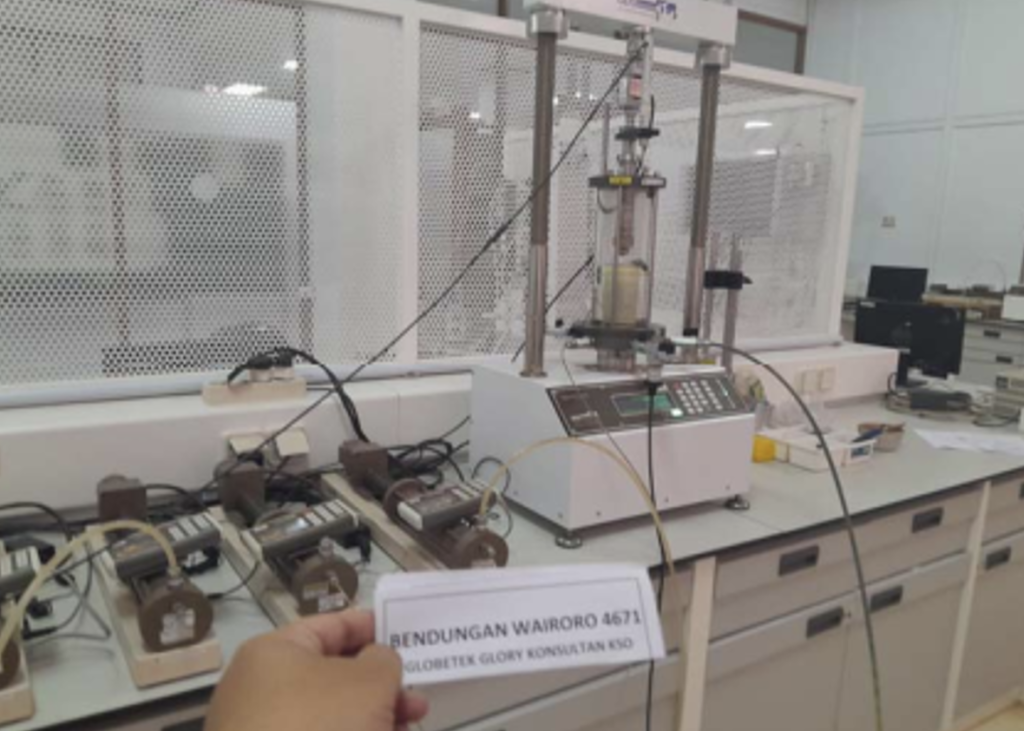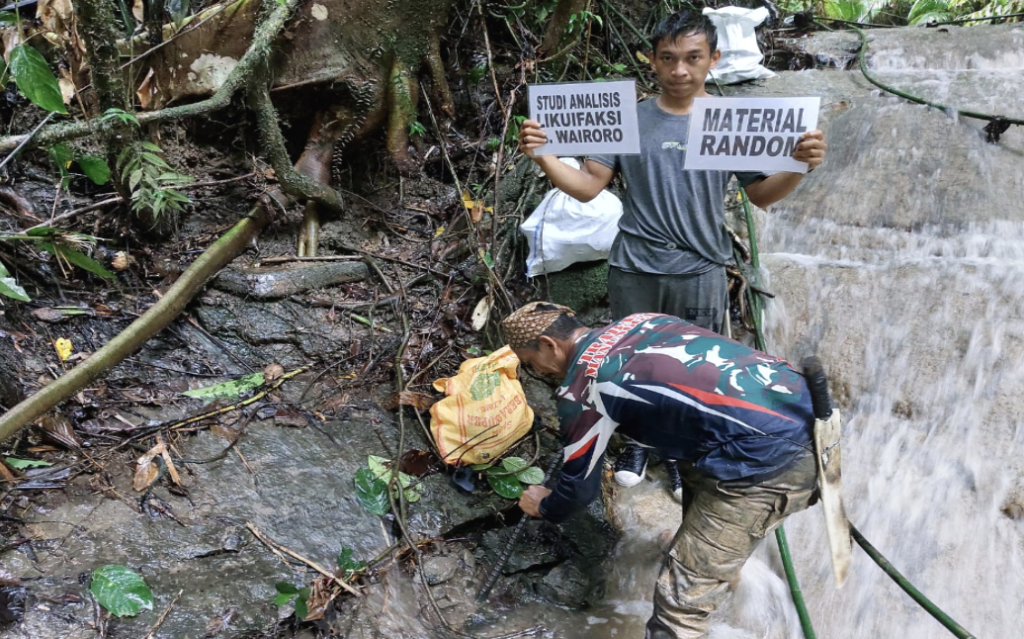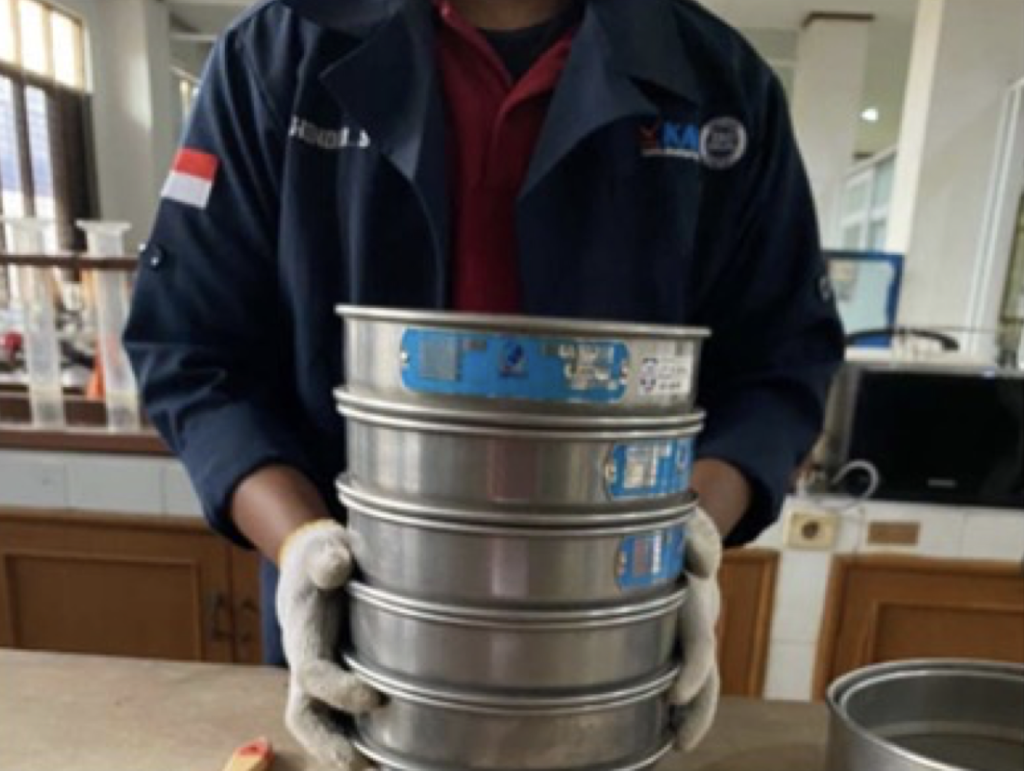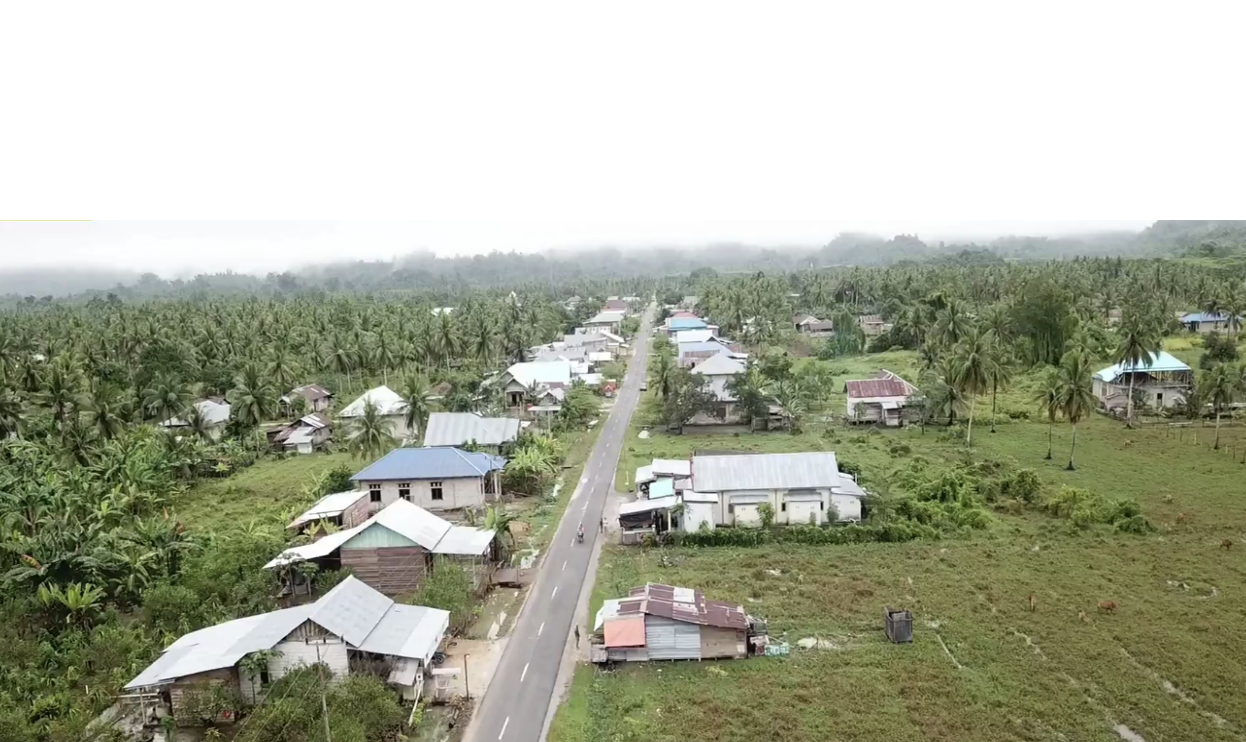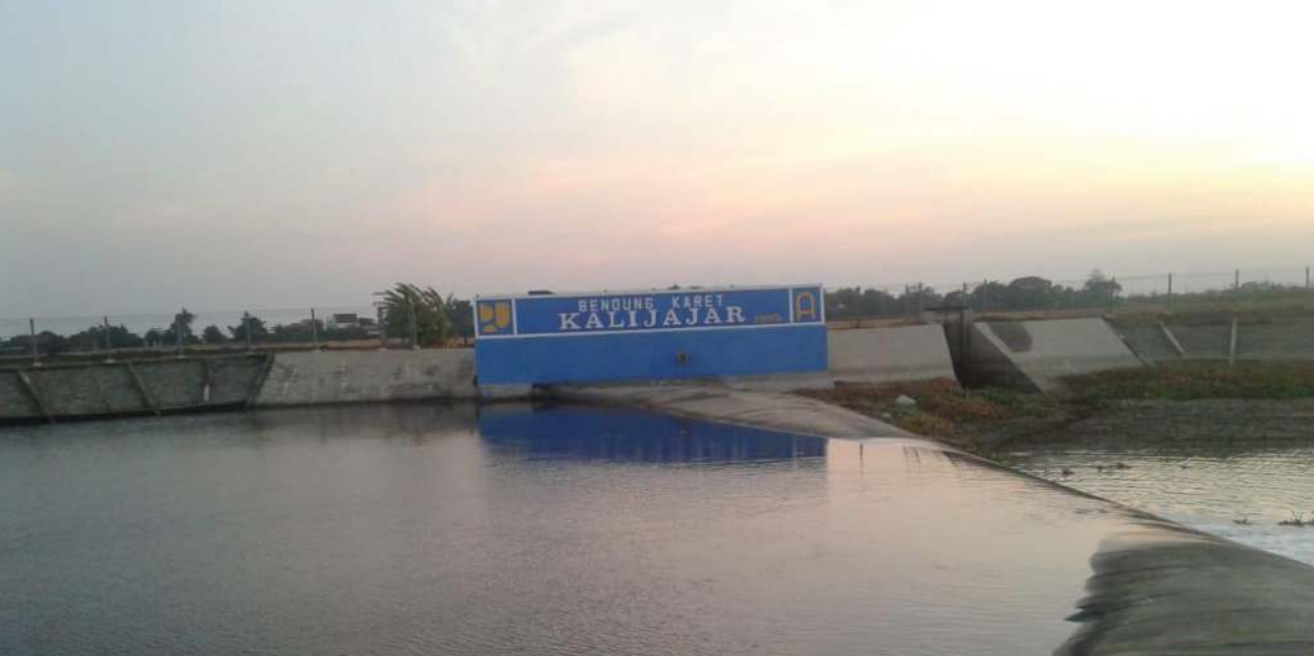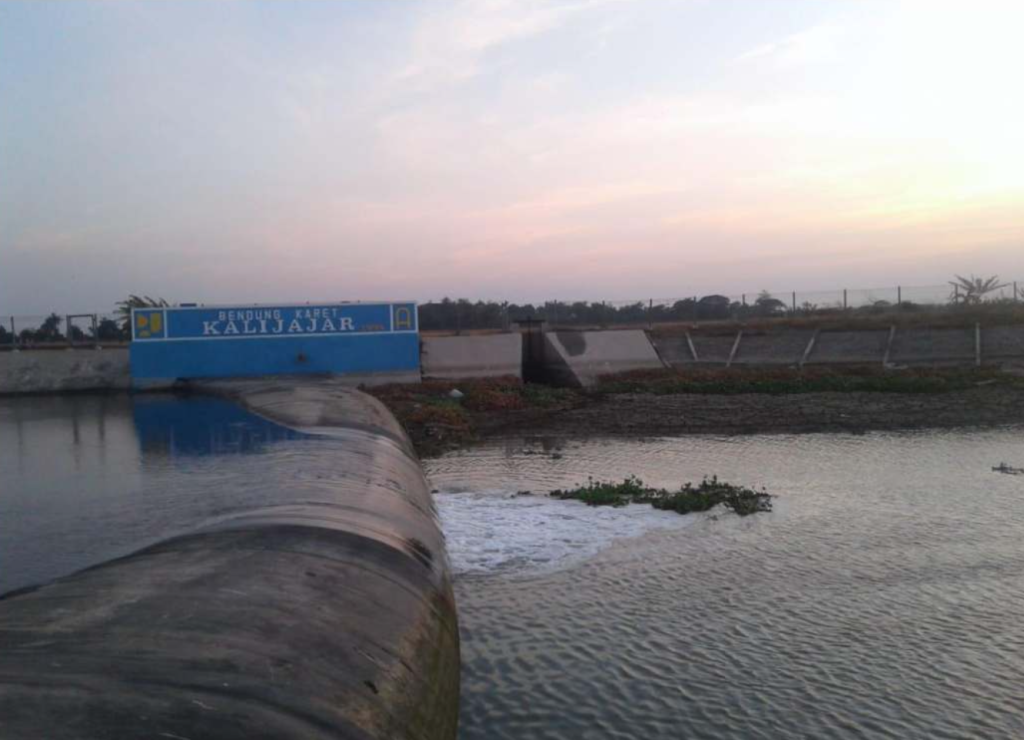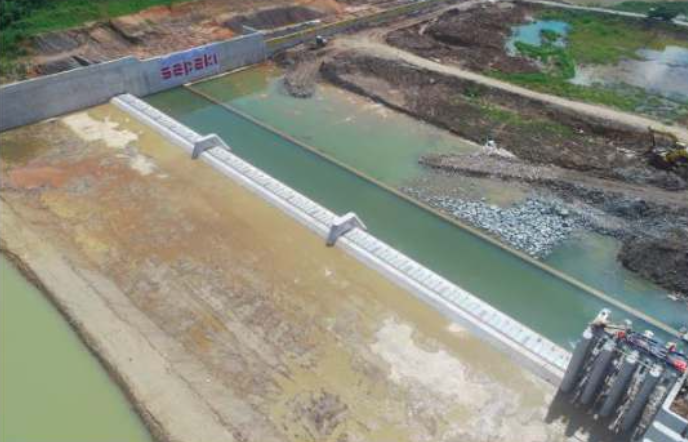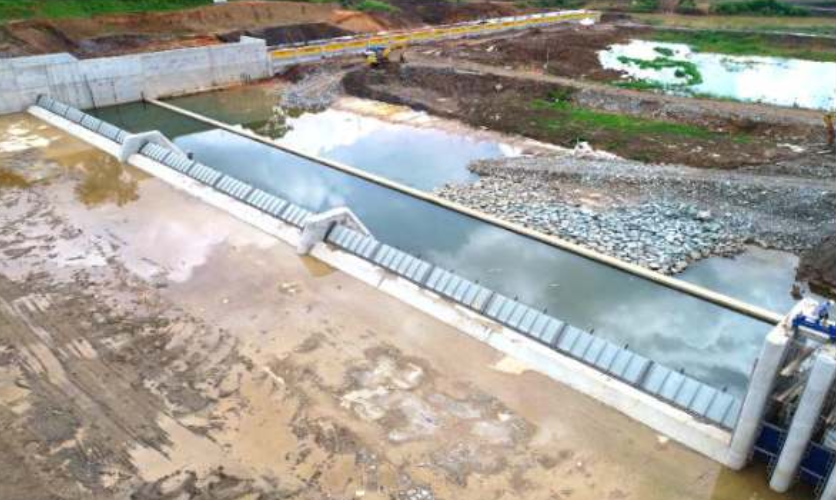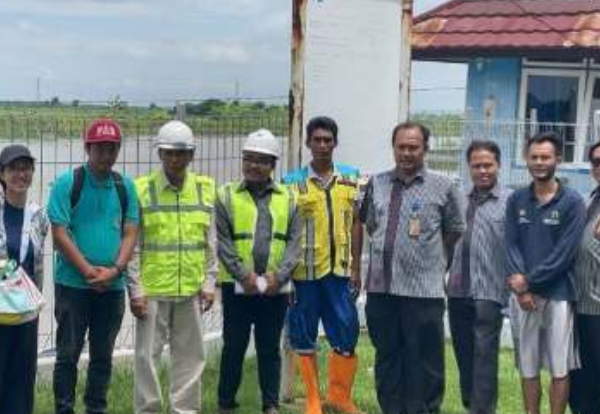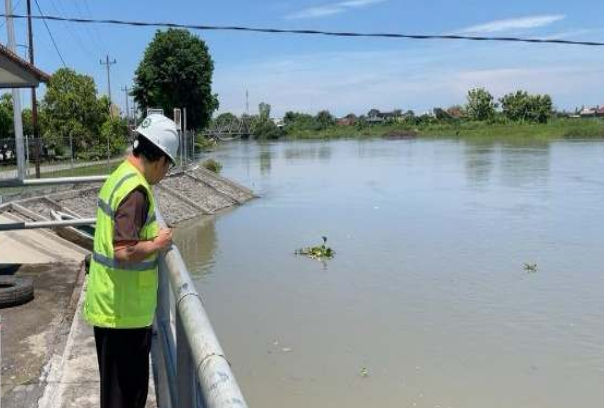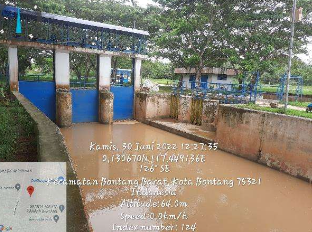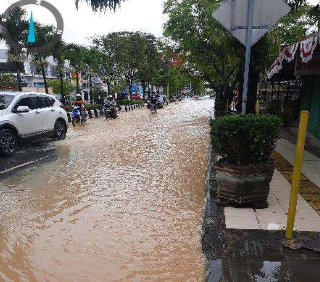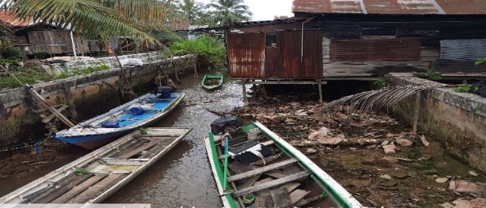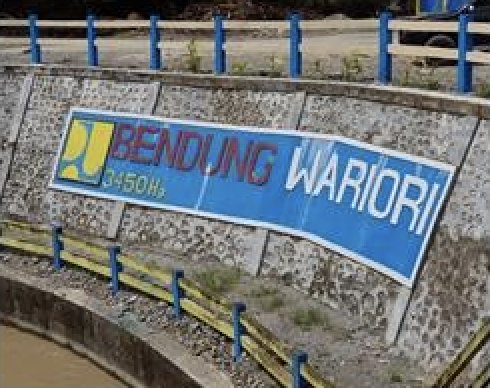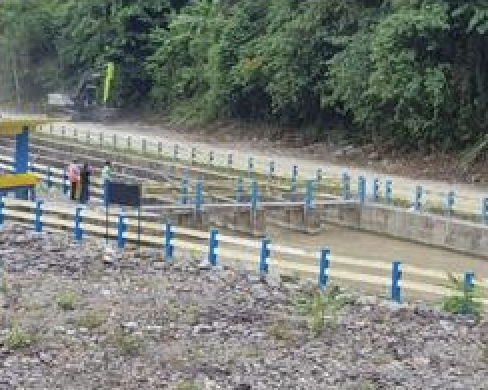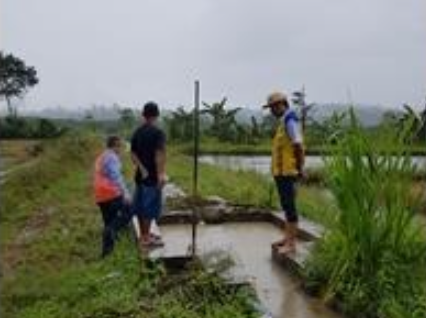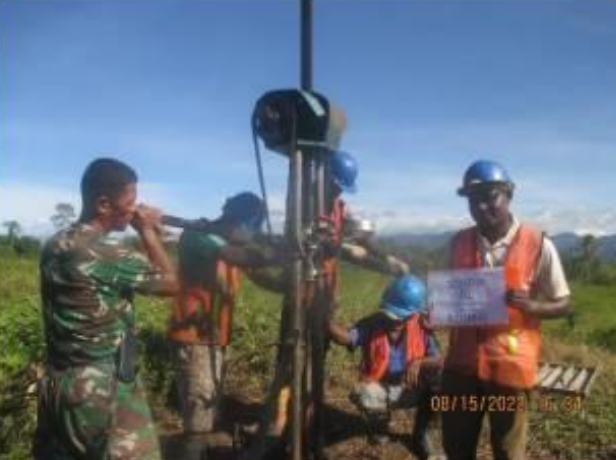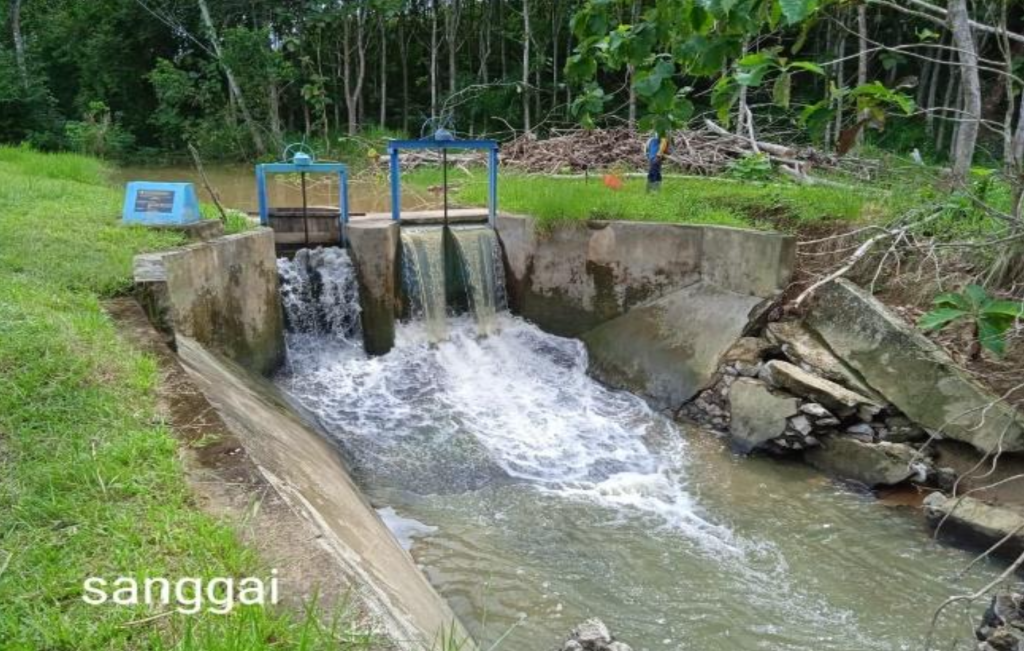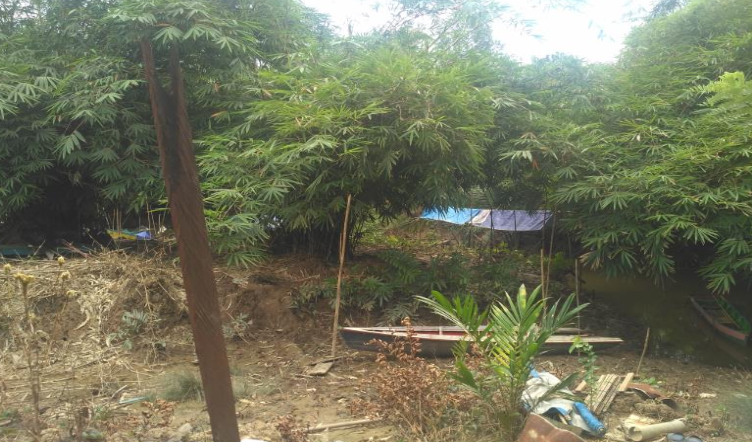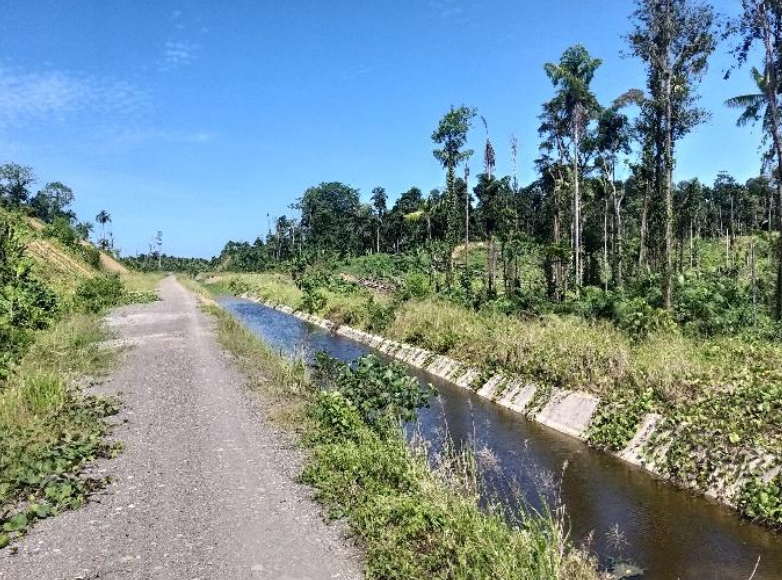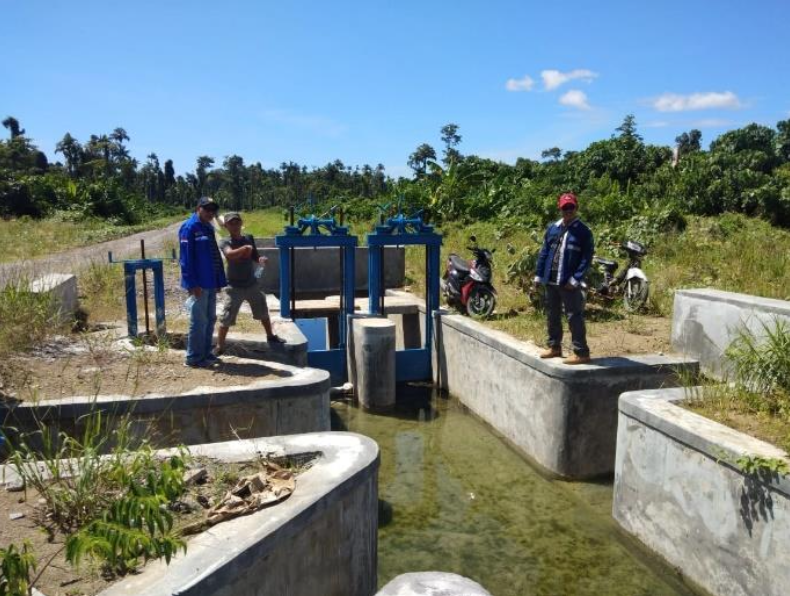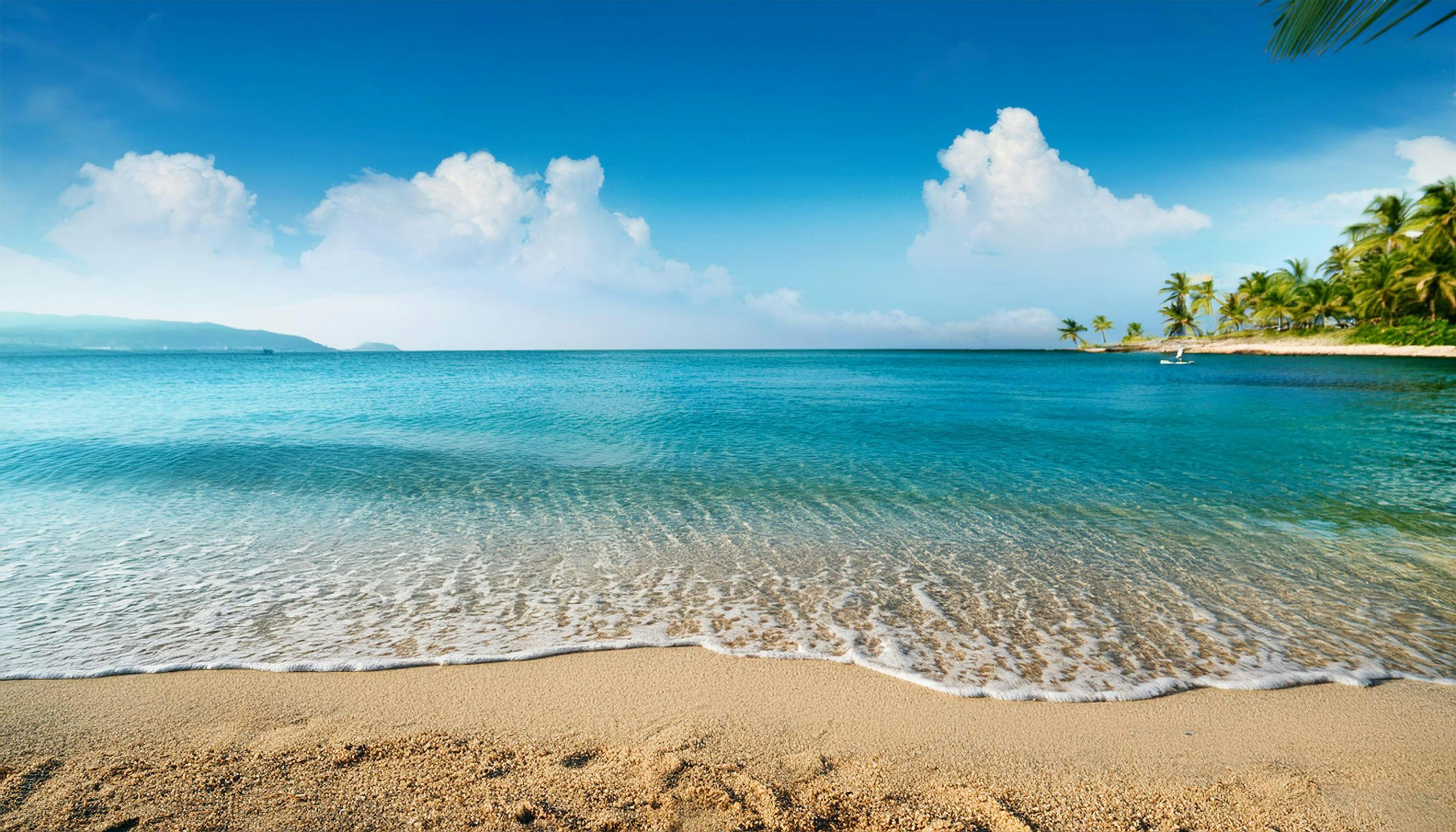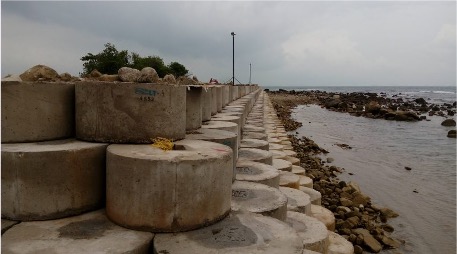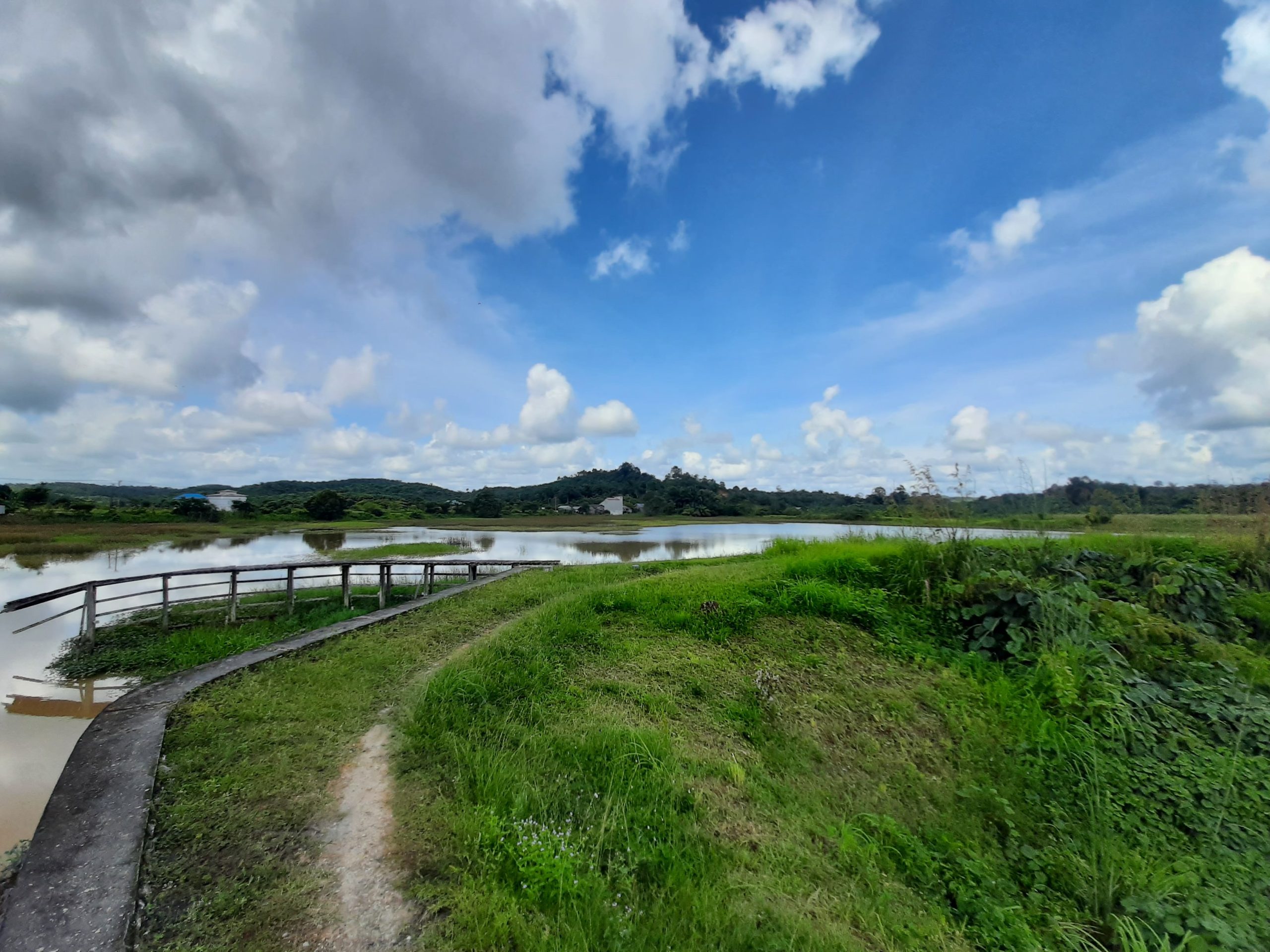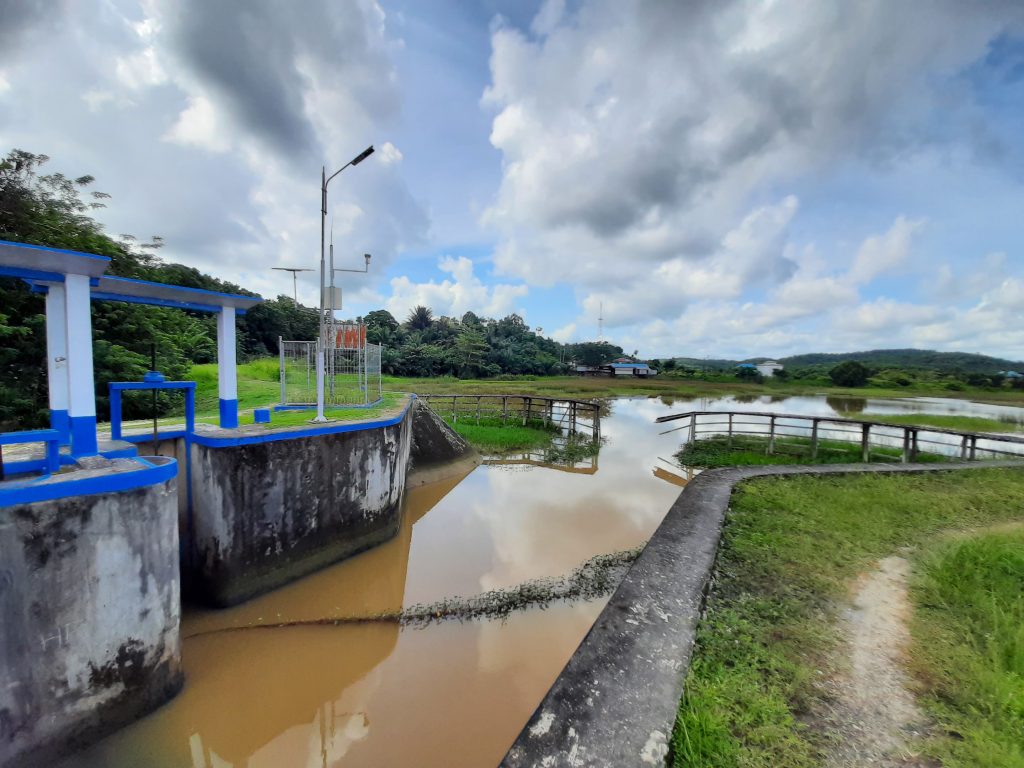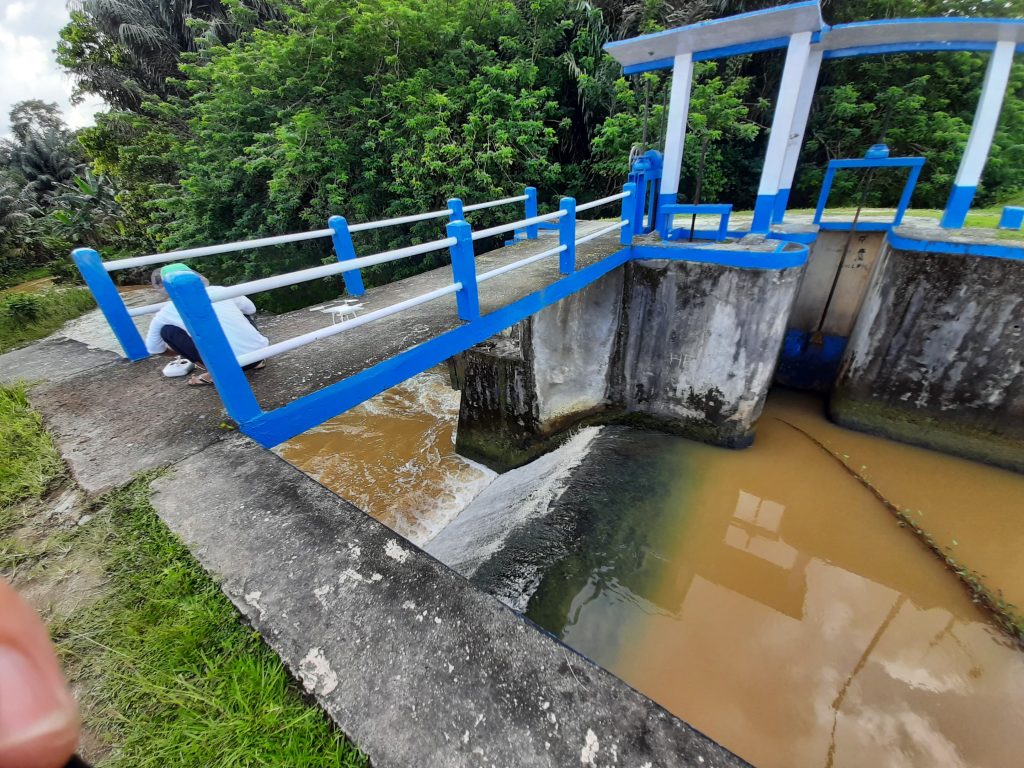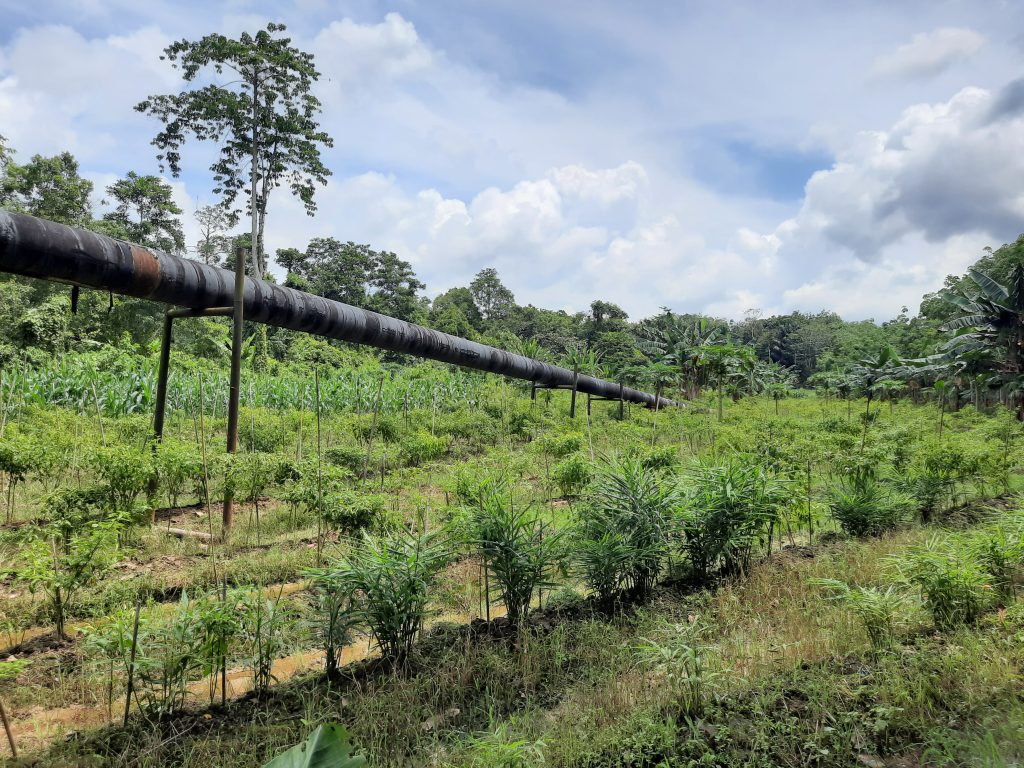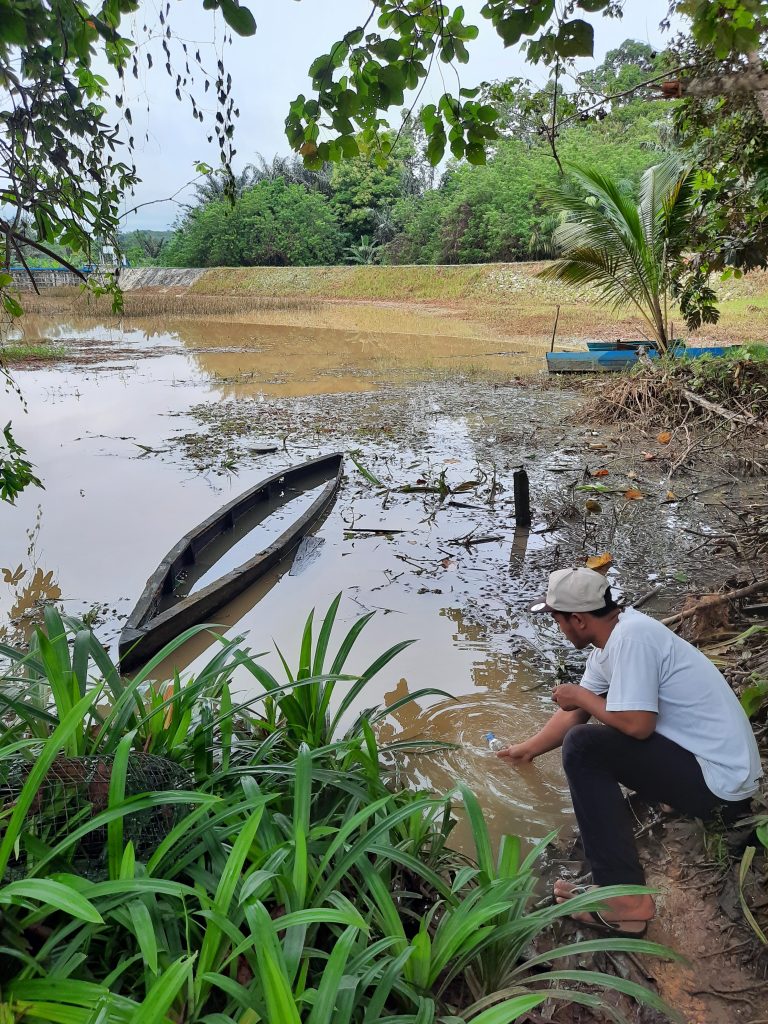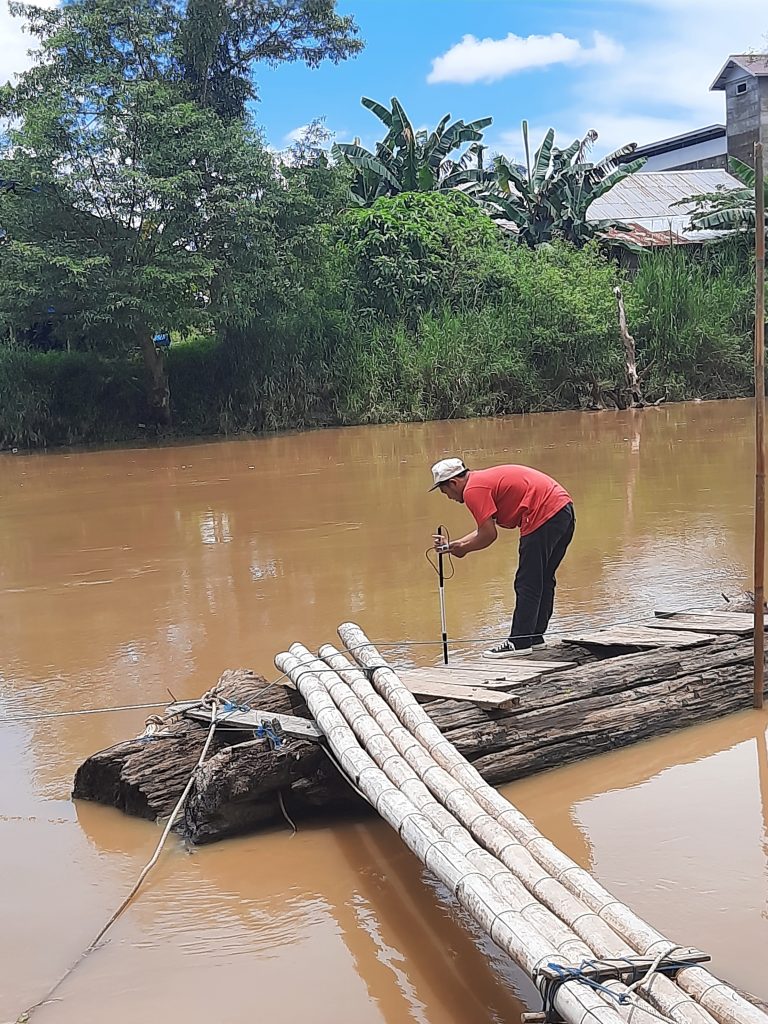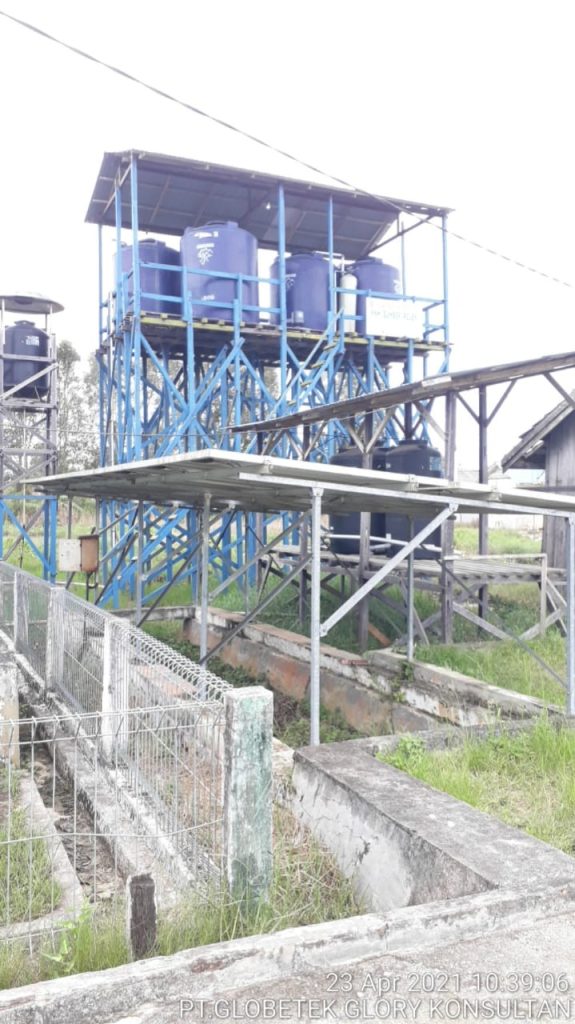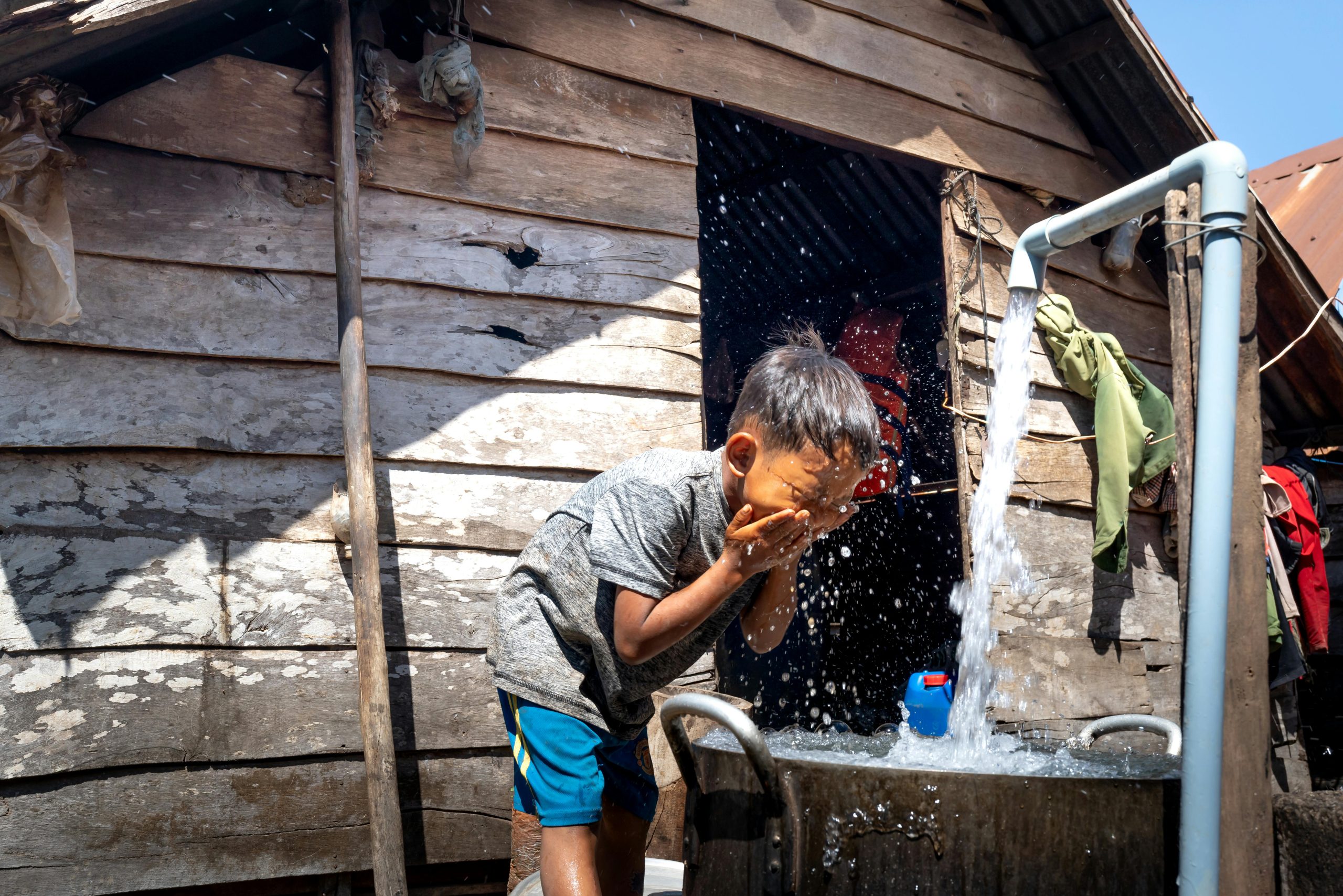The Wairoro Dam Project is a strategic infrastructure initiative aimed at strengthening water resource management, irrigation, and flood control in Central Halmahera Regency, North Maluku. Considering the dam’s geological conditions, a Liquefaction Analysis Study was conducted to evaluate soil behavior under seismic loading and to ensure the structural safety of the dam.
The study focused on identifying zones susceptible to liquefaction, analyzing soil strength, and providing technical recommendations for dam foundation design and mitigation strategies. This ensures that the Wairoro Dam can be constructed with resilience against seismic risks and long-term operational reliability.
🔸 Scope of Work
- Conducting geological and geotechnical investigations in the dam site area.
- Performing seismic hazard and soil liquefaction potential analysis.
- Evaluating soil shear strength and dynamic response under earthquake scenarios.
- Recommending ground improvement and mitigation measures to reduce liquefaction risk.
- Integrating study results into safe and sustainable dam design parameters.
🔸 Key Benefits
- Enhanced structural safety → ensuring Wairoro Dam withstands potential seismic events.
- Risk mitigation → reducing the likelihood of soil failure and dam instability.
- Scientific foundation for design → providing reliable data for engineering decisions.
- Sustainable water infrastructure → securing long-term benefits of irrigation, water supply, and flood protection for local communities.
This study forms a critical foundation for the safe construction and operation of Wairoro Dam, aligning engineering best practices with disaster risk reduction strategies in seismically active regions.
